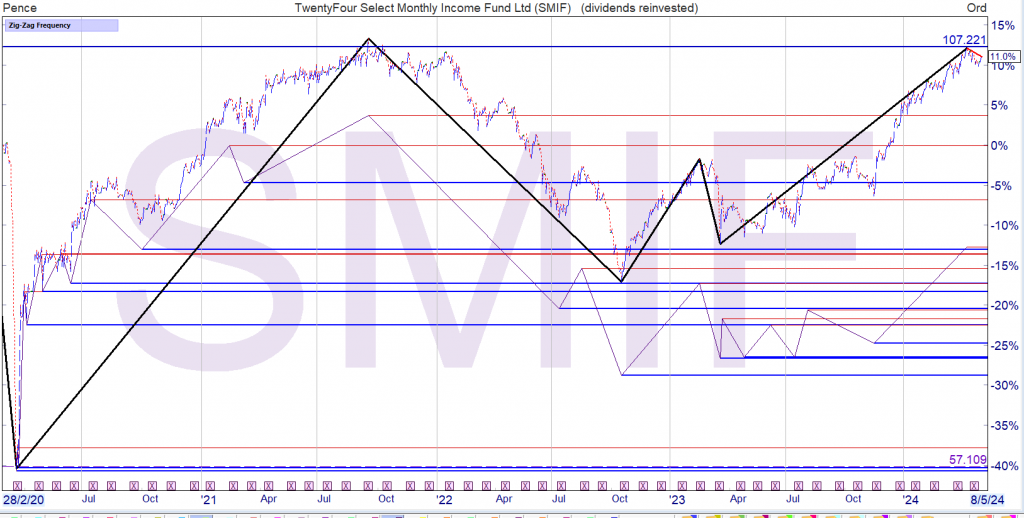
Shares magazine
Can I avoid emergency tax on a pension withdrawal?
There’s a danger of facing an extra levy from HMRC when taking cash out of a retirement pot
Thursday 02 May 2024 Ask Rachel
I have a SIPP I haven’t yet touched. I would like to take money from that pension pot – both my tax-free cash and another lump sum.
However, I have been told that if I take this other lump sum, I will have to pay emergency tax on this amount. Why is this, and can I avoid it?
Fran
Rachel Vahey, AJ Bell Head of Public Policy, says:
Pension savers have a great deal of flexibility to decide how to take money out of their pension plans. As well as being able to take 25% of it as a tax-free lump sum (usually up to a total of £268,275 across all their pension plans), people can take the remainder out as a regular taxed income stream, which can be turned on or off, or increased or reduced whenever they want. They can also take it out as an ad-hoc lump sum, as and when it suits them, for example to pay for a child’s tuition fees, pay for house repairs, or splash out on a luxury Caribbean cruise.
If taking an ad-hoc lump sum, pension savers need to watch out for a pitfall which could see them hit with an unexpected tax bill possibly running into thousands of pounds. If they do nothing, then they will have to wait until the start of the next tax year to get their money back. And even then, they’re relying on the efficiency of HMRC in sorting out their tax position.
The problem can affect anyone who takes a taxable pension freedoms payment from age 55 – either through drawdown or through an ‘Uncrystallised Funds Pension Lump Sum’ (UFPLS) withdrawal.
Where the pension saver cannot provide a current year tax code, HMRC requires their pension provider to use either an emergency tax code on a ‘Month 1’ basis, or if they have a current year P45 this is applied on the same basis. This means the Revenue only gives them 1/12th of the usual tax allowances available on the withdrawal. This results in many savers being severely overtaxed. (A current year tax code is usually only supplied by HMRC after the first payment is made.)
For example, a pension saver with no current year P45 who has no other income and takes £50,000 from their pension pot – £12,500 as a tax-free lump sum and £37,500 as taxed income – would have to pay around £15,250 in emergency tax. Whereas the tax due is only around £5,000.
HOW TO GET MONEY BACK QUICKLY
Pension savers can, however, take action to get their money back quickly, hopefully within 30 days.
They do this by filling out one of three reclaim forms. Which one depends on the nature of the withdrawals made from the pension and their personal circumstances.
The guidance says:
If the payment entirely used up the pension pot and the pension saver has no other income in the tax year, fill in form P50Z;
If the payment entirely used up the pension pot and they have other taxable income, fill in form P53Z;
If the payment didn’t use up their pension pot and they’re not taking regular payments, fill in form P55. Pension savers can only use this form if their pension provider can’t refund them.
Another option is to take a small taxable withdrawal from the pension before taking the larger one. This will ‘set’ the right tax code for the later payment. Although people may not want this extra administration.
All of this adds up to extra hassle for a pension saver wanting to take their first ad-hoc taxed lump sum from their pension. And although HMRC are reasonably prompt in repaying overpaid tax, this time lag should be built into plans.
£££££££££
Remember even after u have taken your tax free amount, dividends go into the un-accessed pot and can provide a life long, under current tax laws, of a 25% tax free withdrawal.



